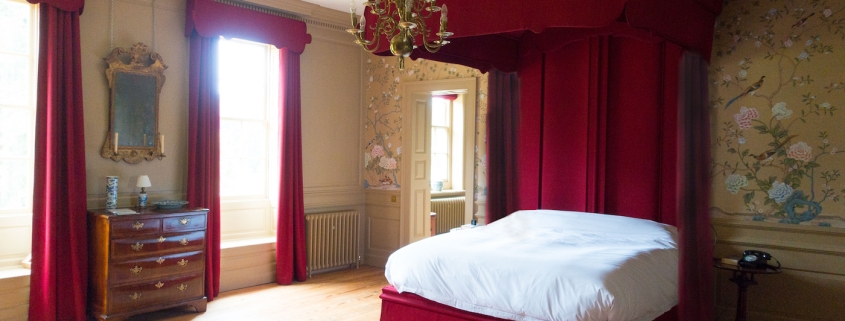Renovating your period property – why it pays to employ a professional
Renovating a period property can be a rewarding experience for people who relish bringing part of a nation’s historical fabric back to life. But without the help an expert, the costs of refurbishment can slip away. Shaun Soanes explains why it pays to employ a professional.
Buildings of architectural merit in the UK are protected from damage through neglect or inappropriate repairs – the owner is given a set of rules to abide by which prevents them from making a variety of changes to the property or using improper materials.
But this should not put a person off from carrying out work on an old building; anyone embarking on a project like this should just tread carefully.
What to be aware of
For the estimated 514 listed homes in the country, there are three categories under the system ran by Historic England:
- Grade I for buildings of “exceptional interest”
- Grade II* for important buildings of “more than special interest”
- Grade II for those of “special interest” – a category which makes up 92% of listed buildings
Any works to alter, extend or demolish a listed building in a way that affects its character require listed building consent from the local planning authority.
Listing status covers the whole building internally and externally, but listing does not mean a property’s features must be fixed for all of eternity. However, it does mean inappropriate work should not be carried out.
For example, you cannot use breeze blocks and cement mortar to fill holes in Tudor lath and timber.
You must also work with planning officers if you want to extend your home and with conservation officers if you need to carry out repairs.
Repair to damage
Most refurbishment projects on old homes occur after the property has been damaged – usually as the result of fire or flood.
Here at NJ Architects we have been working on restoring the charred, scarred shell of Oulton Hall, near Aylsham. This 18th century building was gutted by high winds and the project to repair includes adding a series of “mod cons” to make it fit for future.
As well at replacing the stone floors and black glazed roof tiles, modern additions including double glazing, efficient insulation and batteries to store solar power will be added.
We have been working at Oulton Hall not only because restoring old buildings is an area of our expertise, but also because we work closely with conservation officers and we have skills in using salvaged materials as well as ensuring anything new is designed in keeping with the existing site.
Getting expert help
There are a number of professions that can help you plan and carry out work to an old or listed building – from architects and building surveyors to quantity surveyors and structural engineers. Whoever you choose to employ, it is important to choose people who have the experience and knowledge necessary to work on older buildings. After all, while there are 30,000 architects registered in the UK, only a small proportion of those specialise in the repair of old buildings.
These architectural companies are aware of the problems and pitfalls associated with such work and are well qualified to specify cost effective and appropriate repairs to older buildings.
Doing it alone may seem like a lower cost option, but without the help of a professional, it’s likely to prove to be a false economy.
Take a look at our tips for keeping on top of your historic house maintenance, and for more information on how we can help you, feel free to contact us.


 Bentinck House
Bentinck House


